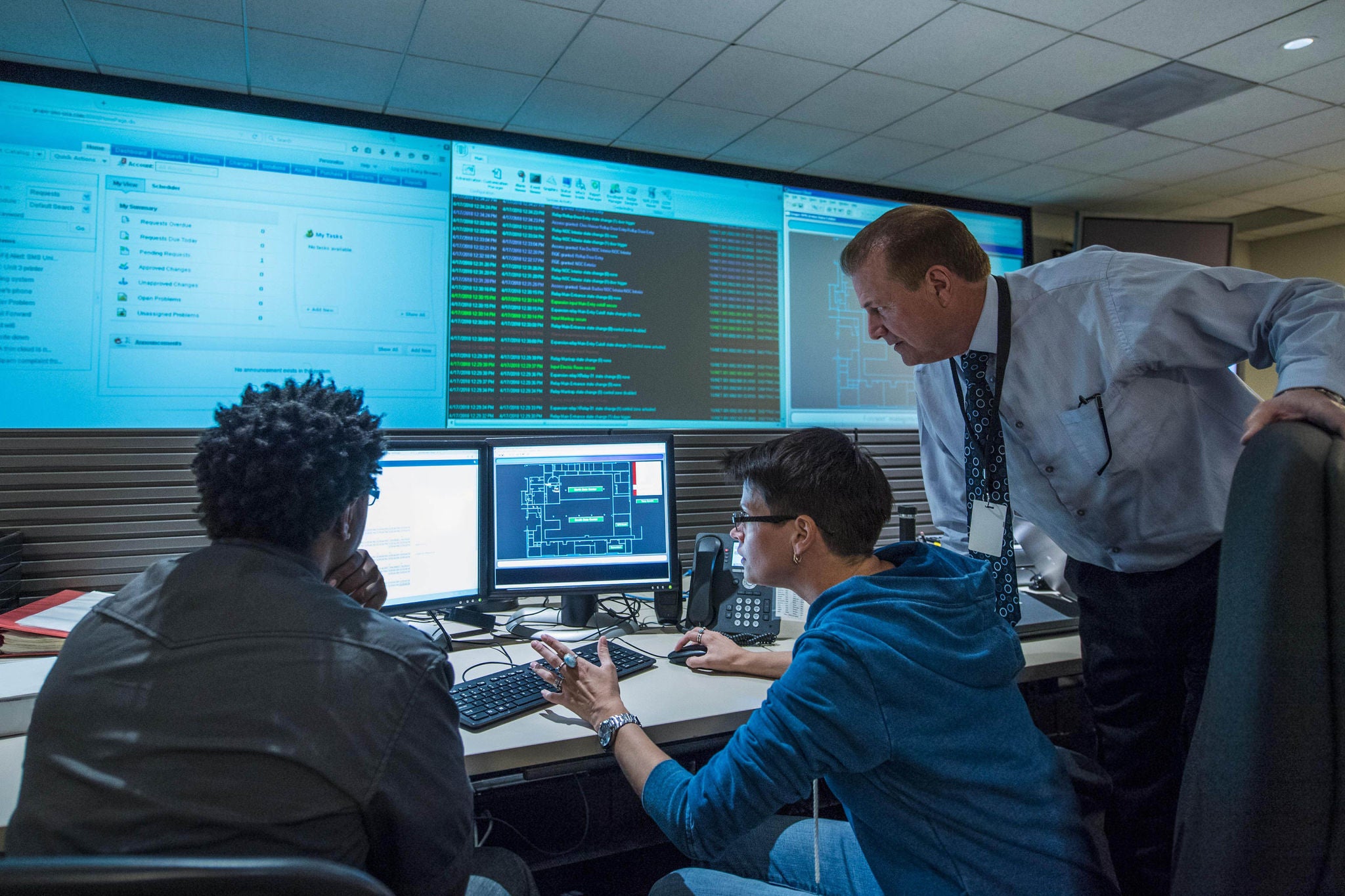EY refers to the global organization, and may refer to one or more, of the member firms of Ernst & Young Limited, each of which is a separate legal entity. Ernst & Young Limited is a Swiss company with registered seats in Switzerland providing services to clients in Switzerland.
How EY can help
-
Discover how EY's services & offerings can help your business across multiple aspects of its cybersecurity portfolio.
Read more
By considering these aspects and fostering a holistic approach to resilience, organizations can strengthen their ability to withstand disruptions, recover quickly and maintain operational continuity in the dynamic IT/OT environment.
Of course, it’s also important to keep in mind general cybersecurity rules for OT to protect your organization from cyberattack, such as:
- Network separation and segmentation: implementing network segmentation helps isolate critical OT systems from other networks, reducing the attack surface and limiting the potential spread of threats.
- Regular system updates and patching: this helps to protect against known vulnerabilities and reduces the risk of successful attacks. For obsolete systems still in use, it is necessary to implement some alternative measures, such as isolation.
- Secure remote access: implement secure remote access solutions for OT systems, ensuring that remote connections are encrypted and authenticated. Good practice is to establish a secure method of remote access for OT vendors including installing a VPN connection, filtering the traffic by an IT/OT firewall and using a jump station located in the IT/OT DMZ with multifactor authentication, separate from other production networks.
- Implementation of a network security monitoring system based on industrial intrusion detection system (IDS) inside the OT network to monitor the OT network traffic: architecture of the IDS solution should ensure the monitoring of the network’s most critical traffic (e.g., between OT and external networks, OT VLANs and within OT VLANs).





